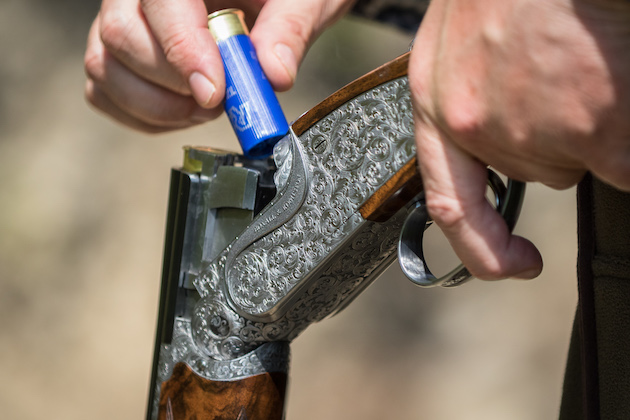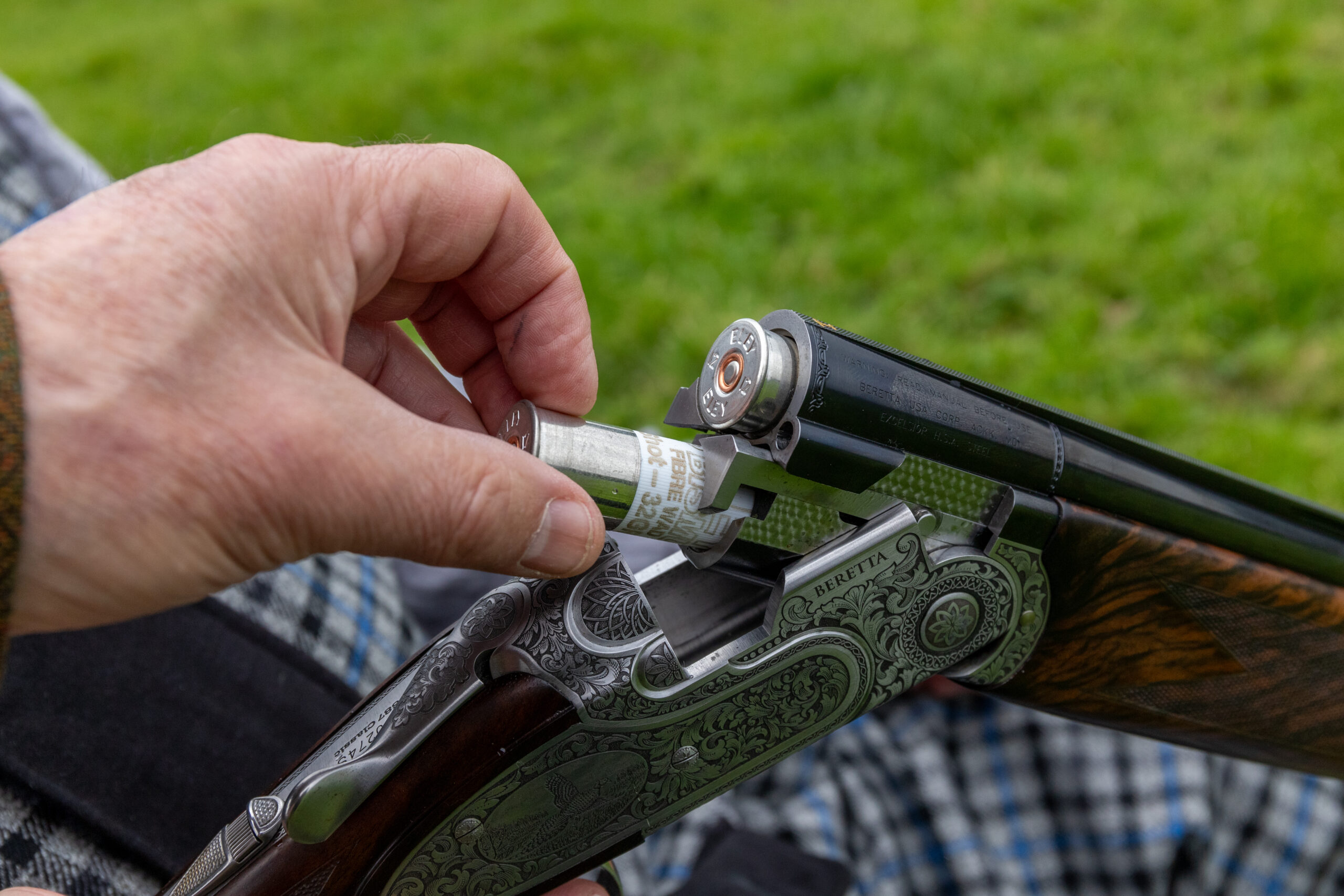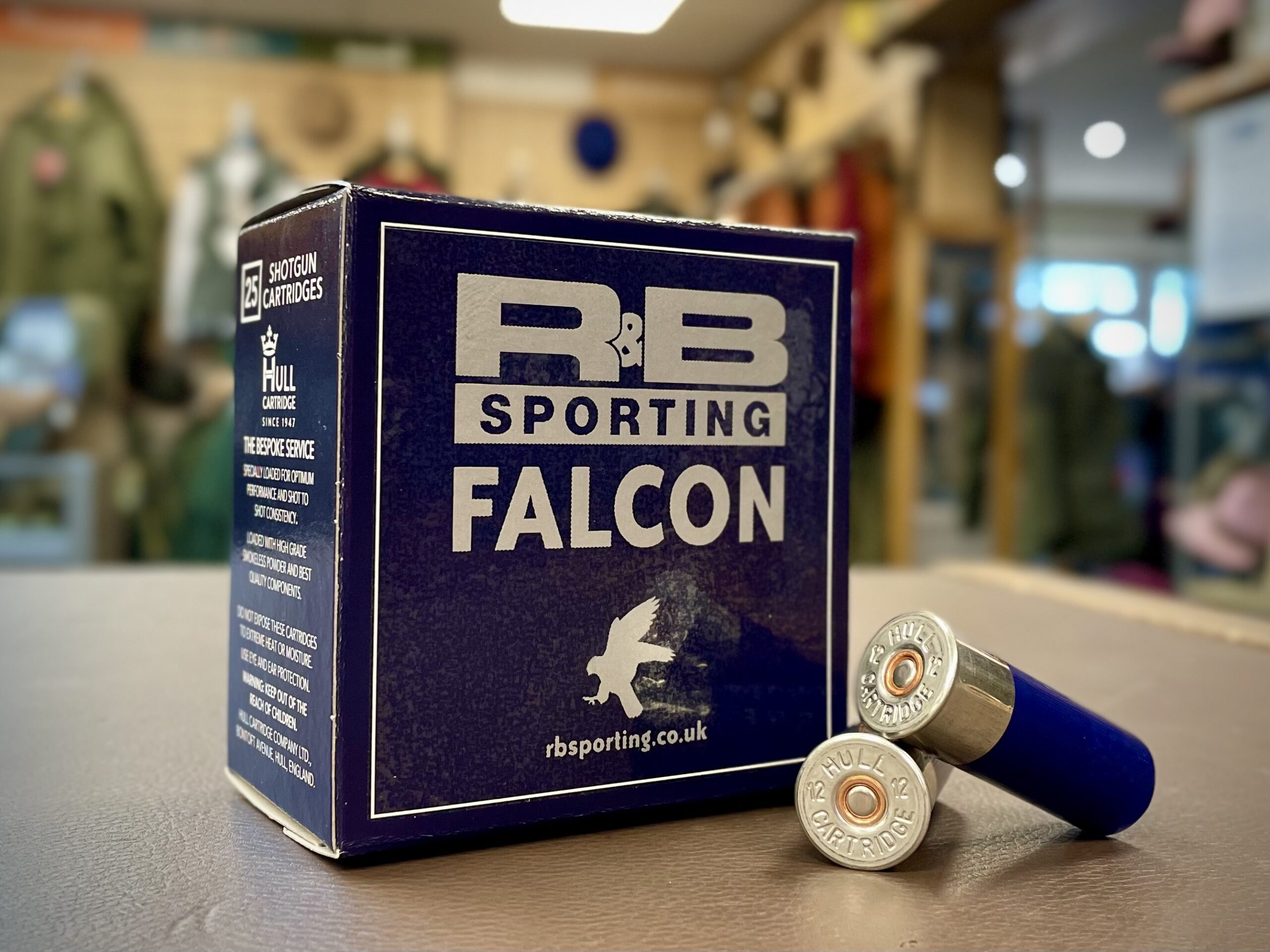How to choose the best cartridge for your gun and your type of shooting
Tony Bracci highlights what you have to weigh up when choosing the best cartridge for your gun and the type of shooting that you enjoy

Finding the right cartridge combination for your gun is an art
Which shooting cartridge you should use depends on a number of factors, but what gun you have and what you are going to shoot are the primary ones.
Know your chamber size
- Cartridges come in different sizes, not only calibre. Having the right calibre should be obvious, but having the right chamber size is often overlooked.
- This is more important if you use a side-by-side, as many of these guns were made before the modern 70mm cartridges appeared. Some may only be chambered for 2in (50mm) cartridges, more commonly 2½in (65mm) cartridges.
- Many modern cartridges are now 2¾in or 70mm and should not be used in 2½in chambered guns. Most modern guns are chambered for 2¾in cartridges but there are cartridges available that are 3in (76mm) or 3½in (86mm) magnums, which should not be used in 70mm chamber guns.
- Know what your chamber size is on your gun and use the right shooting cartridge for it.
Inside the cartridge
Once you know the right calibre and length cartridge, we can look at what is on the inside of the cartridge.
The shot load is how much shot is in the cartridge and the shot size. The load is measured in grammes or ounces and refers to the total weight of the shot. The bigger the load the more recoil you are likely to feel. At the shooting school we use light-loaded 21g in 12-bore to keep recoil as light as possible.
Shot size refers to the diameter of the individual pellets contained in the shot load.
- The smallest common shot size is a No 9, each pellet being 2mm in diameter. This is most often used for skeet.
- The most common clay cartridge is No 8, which is 2.2mm; No 7½ (2.3mm) and No 7 (2.4mm).
- For game cartridges the main choices are No 6 (2.6mm), No 5 (2.8mm), and for bigger game, No 4 (3.1mm) and No 3 (3.3mm).
Bigger shot size = fewer pellets
The bigger the shot, the less pellets in your shot pattern. For example, 24g of skeet 9s has approximately 490 pellets in the pattern, but if you had 24g of 3s you would only have 120 pellets in your load. A reason why the loads go up as the shot size gets bigger is to create an efficiently dense pattern.
What’s the difference between clay and game cartridges? To break the clay even at distance doesn’t require a lot of energy from the pellets. So clay shooters are more likely to use 7½s, which give approximately 395 pellets in a 28g/1oz load.
When shooting game, we require a bigger shot size to take the game more effectively, most commonly 6s having 305 pellets in a 32g/11⁄8oz load. You have to be able to pick the right size shot for the target you are shooting at and the right load to give the best pattern and perform with your gun and choke combination.
Shooting cartridge wads – plastic and fibre
Inside the cartridge is a wad. The two most common types are plastic and fibre. Plastic used to be the most common but more game and clay shoots are restricting their use for environmental reasons. Wherever you are going shooting you should know about any wad restrictions. It is somewhat inconvenient turning up to a shoot with plastic wads when it’s a fibre-only ground.
Plastic wads can be formed to make any shape and have developed over the years: the bottom section slightly cups the propellant for a good gas-tight seal; the middle section is designed to flex as the shot is taken; the top section is formed into a cup that holds the shot all the way up the barrel, then opens up as it leaves the barrel. There is a lot going on with a plastic wad and, as of yet, the fibre wad isn’t as advanced.
The fibre wad is a biodegradable cylinder of wadding with a thin obturator (a gas check) between it and the propellant. In this age when most of us are a lot more environmentally conscious, a shoot may well think that unless it has the facility to pick up plastic wads, we should be using fibre.
Steel cartridges for wildfowling
Shooting over water, predominantly at ducks, we are not allowed to use lead. Alternatives such as tungsten or bismuth are similar alternatives, but are more expensive.
Your gun must be steel-proof and display the fleur-de-lys on the barrel.
Do not use any choke tighter than 13mm/½in modified. We usually go up a shot size as it doesn’t deform on impact like lead does. As the steel shot goes up the barrel it has to be cupped in a wad, most commonly a plastic one. Fibre wads are out there but are more expensive.
Take time to find your perfect shotgun cartridge
Finding the perfect cartridge for your gun takes research and testing. Over time you will find cartridges that you prefer, usually because you shoot well with them.
Eley VIP Steel Pro Eco – tested by Sporting Gun magazine
My expectations were not high when I tested the new Eley VIP Steel Pro Eco. But I was floored when…
Should cartridge colour denote bore?
Q: Why don’t cartridge makers stick to an internationally agreed colour code for different bore sizes as used to be…
The danger of mixing cartridges
A: I once conducted an experiment in order to find out which calibres and cartridges this risk applies to. Of course, chamber and bore…
Remember that when choosing a cartridge you need:
- The right calibre
- The right length for the chamber
- The right shot size for your quarry
- The right load to get the most efficient pattern at the distance you are shooting at.











